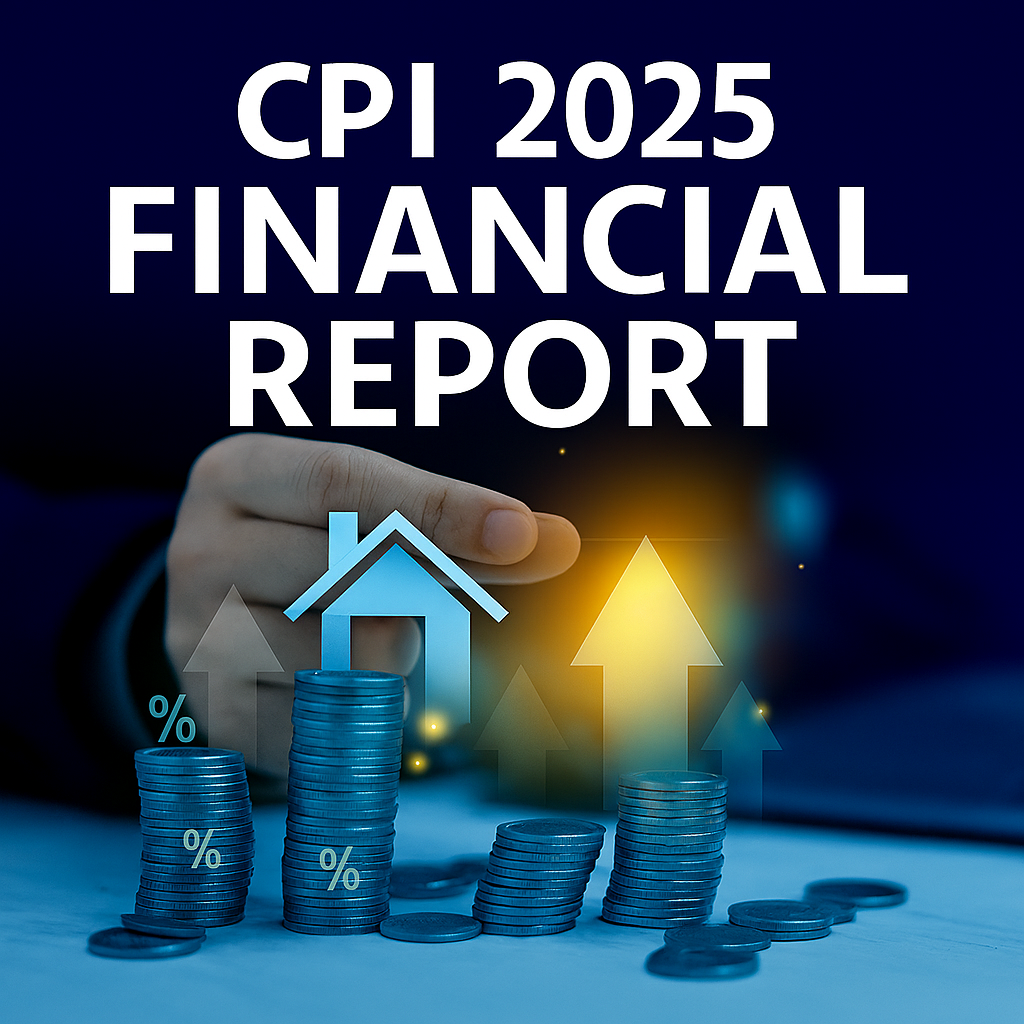As you probably already know, the mobile app growth ecosystem is powered by several business models, but when it comes to the most important metric there is no doubt: it's the Cost per Install. Let's start with a definition.
What is Cost per Install
Cost per install (CPI) is a digital marketing metric that measures the cost of acquiring a new mobile app user. Specifically, CPI is the amount of money spent on advertising or marketing activities to get a user to download and install a mobile app on their device.
CPI is calculated by dividing the total cost of user acquisition campaigns by the number of new app installs generated from those campaigns. For example, if a company spends $1,000 on user acquisition and gets 100 new app installs, the CPI would be $10 per install.
CPI is commonly used by app developers and advertisers to measure the effectiveness of their user acquisition campaigns, as well as to compare the costs of acquiring users across different advertising channels or strategies.
As we said before, in the mobile app growth ecosystem there are various business models, but Cost per Install is the most important metric. Even when the payment model is not based on Cost per Install, an Equivalent Cost per Install is computed to measure the effectiveness of the investment. The equivalent CPI is calculated by dividing the total spending of app advertising campaigns by the number of new app installs generated.
Savvy app marketers might prefer other models, such as Cost per Action, to pay only based on an action generated after the install. It doesn't matter the model, every activity might be measured in terms of equivalent Cost per Install. Let's now see updated mobile advertising rates.
Cost per install rates (2023 update)
So, are cost per install rates increasing or decreasing for 2023?
Please keep in mind that there are various factors influencing the eCPI:
- The platform, iOs or Android
- The country/region
- The type of creative used
Said that, during and right after the pandemic we have seen prices go up a lot, because of a fierce competition. It seems like 2023 will balance the increases in prices from 2020 to 2022. We obviously don't know what prices will be like during 2023, but we've already seen advertisers pushing to reduce a bit the amount paid to acquire new users.
We will see during the next months whether this push will have an impact, reducing CPI prices.
.png)
Here are three strategies that might help advertisers reduce Cost per Install for 2023:
- Reduce volumes a bit, a 10% reduction in monthly volumes of new users might yield an even bigger reduction in average equivalent Cost per Install. This obviously might seem counterintuitive, since advertisers and app marketers always want to grow volumes.
- Focus on channels with higher ROI. This is not reducing the Cost per Install itself, but has an impact over Return on Advertising Spending, thus reducing the Customer Acquisition cost.
- Optimize the creatives and do more testing. Since competition is fierce, especially for the best converting creative and ad spaces (such as video in gaming apps) you might want to spend more time and effort in optimising the creatives and ad spaces where your ads are shown.
These are three simple and quick strategies to reduce your average Cost per Install most of our advertisers are using lately. In the coming weeks we plan to publish some more data to reflect the trends in Cost per Install variation.
If you want to reduce your average Cost per Install in 2023 you might want to get a look at our success story with this ride-hailing app and get in touch with us to start a mobile user acquisition campaign.





















